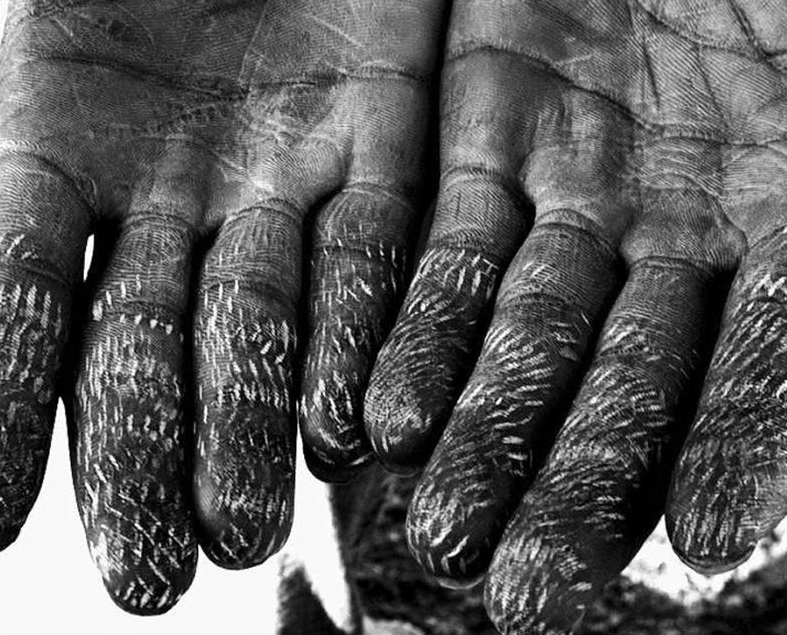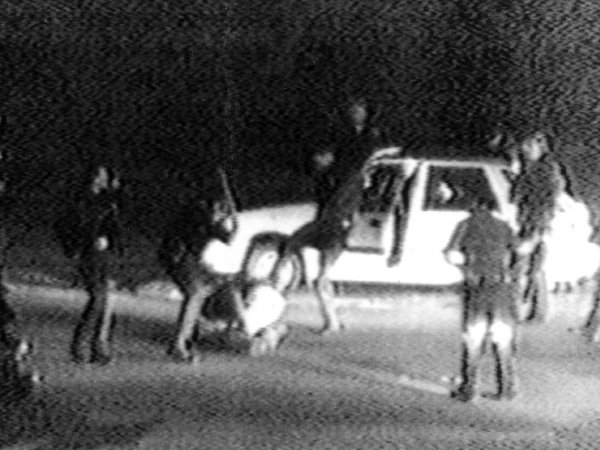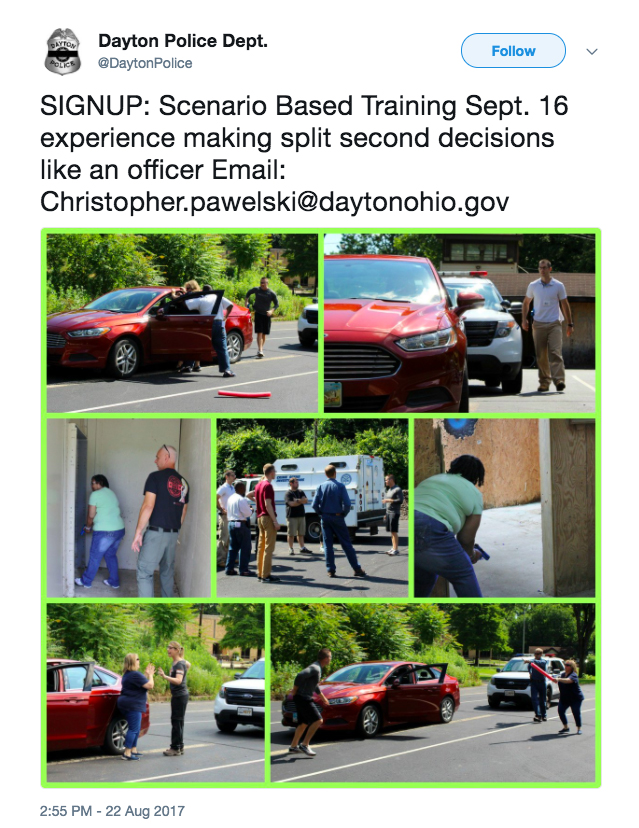ICA is closed from the 30 May – 3 June inclusive.
The word forensics derives from FORENSIS, Latin for ‘pertaining to the forum’. The Roman forum was a multidimensional space of politics, law, and economy, in contrast to the narrower contemporary understanding of forensics as the application of science within a legal framework. Extending from DNA analysis to image surveillance and digital eavesdropping, contemporary forensic practices provide one of the means by which state agencies survey, police and judge individuals under their control.
COUNTER FORENSICS is a civil practice that seeks to invert the institutionalised forensic gaze, with individuals and organisations taking over the means of evidence production, and turning the state’s means against the violence it commits. It puts forward a new FORENSIS in which civil society groups use a variety of scientific and aesthetic means to produce and present evidence in the pursuit of public accountability.
Besides the FORUM where evidence is presented, traditional forensics operates across two other domains, namely: the FIELD, where incidents unfold; and the LABORATORY, where evidence is processed.
A foundational principle of forensics since the turn of the twentieth century (the era of figures pivotal to modern forensics, such as French police officer Alphonse Bertillon and Swiss forensic scientist Rudolphe A. Reiss) is that the police must maintain an advantage over the individuals they pursue across these three domains: in the FIELD, this advantage is manifested in exclusive access to a site; in the LABORATORY it exists through the availability of technical means of evidence production; while in the FORUM, the advantage is enacted in the state’s determination of the protocols of institutional justice.
COUNTER FORENSICS therefore has to contend with a starting point of optical and epistemological inferiority. Evidence of state violence is regularly withheld, obscured or degraded, and access to established FORUMS for the presentation of evidence is often denied to those contesting state crimes.
To invert these principles, COUNTER FORENSICS must make use of a multitude of forms of evidence: open source, citizen-produced media on blogs and social media posts; state documents released through freedom of information requests; or materials sourced and released via hacks and leaks. Such evidence is often produced by those experiencing violence, reflecting their situated knowledge, a perspective that is often unavailable to the perpetrators.
This form of COUNTER FORENSICS cannot always rely on established FORUMS such as courts or official inquiries in order to present its findings. Its evidence is often excluded from these contexts, necessitating its diffusion across multiple other channels and media, or the establishment of alternative FORUMS such as people’s tribunals or online platforms.


Top: Anthropometric card based on the Bertillon system, 27 May 1898. Image courtesy Polizeihistorische Sammlung, Berlin. Bottom: Still from ‘Qu’ils reposent on révolte’, a film by Sylvain George. Image courtesy Sylvain George.
Since the mid nineteenth-century forensics has been the art of the police. Its methodologies have evolved from the twin imperatives of pre-emption and identification, extending from the pseudoscience of phrenology, through a system of identification and archiving based on anthropometric measurement devised by Alphonse Bertillon, to biometric fingerprinting. The advance of state forensics has given rise to a multiplicity of counter forensic techniques that seek to hide from, evade, or disrupt the ability of states and corporate entities to collect traces. These range from migrants using razor blades, fire, or acid to destroy their fingerprints to avoid identification and deportation, as described by Ayesha Hameed, to forms of digital camouflage to resist computer surveillance.
In her work ‘A Brief History (of the Destruction of Fingerprints)’ artist Ayesha Hameed describes how: ‘to “clean” fingerprints is to erase them off your hands; the second best alternative for migrants entering the EU, since wiping them from the Eurodac fingerprint database is not possible … The Dublin 2 regulation requires migrants to seek asylum in the first EU country that they have entered and been fingerprinted in – which in many cases is Greece or Italy, where the rate of approval for asylum requests is very low. The threat of being deported back there is so unacceptable that it has become a common practice for asylum seekers to try and destroy their own fingerprints’.


Top: Still from George Holliday’s video of the beating of Rodney King, 1991. Image courtesy George Holliday. Bottom: 2017 Twitter publicity for ‘Scenario Based Training’ run by Dayton Police Department, Ohio, USA.
At the trial in 1992 of the LAPD officers involved in the assault of Rodney King the previous year, their lawyers slowed down parts of witness George Holliday’s home video (shot from his apartment window on his new Sony Handycam), freezing on moments in which King is seen trying to rise back to his feet in between blows. These still frames, they claimed, showed King struggling, moving threateningly and trying to attack policeman. The lawyers stated: ‘The court must be turned to the fact that people in stressful and dangerous situations … in life-and-death situations … do not have time for subtle reflection’. Three of the four officers were acquitted, with a verdict not being reached in the case of the fourth.
The ‘split-second’ is the default temporality of forensics. It is often employed by defence lawyers representing police personnel who have taken innocent lives. Disproportionately targeted black people in the US and UK, like Palestinian youth in the occupied territories, are often victims of ‘instantaneous’ actions supposedly taken in instinctive self-defence by police and military agents. In such cases the ‘split second’ is conceived as a separate and indivisible unit of time – the time pixel of human perception, perhaps. The task of COUNTER FORENSICS is to pull out from the microphysical details of incidents the longer threads of political and social history, and reconnect them with the world of which they are part.
Speakers at the Ground Truth forum, including Sayah al-Turi and Aziz al-Turi Images: Alina Shmuch, Jan Kiesswetter
Forensic Architecture has participated in instituting and assembling a number of alternative forums. In the context of its investigation into Bedouin rights in the Naqab/Negev Desert, Forensic Architecture established an alternative forum titled ‘Ground Truth’, and took part in the ‘Truth Commission on Nakba in the Naqab’ in the village of al-Araqib in January 2016, located in a temporary structure constructed by the agency. Organised with al-Araqib Popular Committee, other Bedouin organisations and the anticolonial organisation Zochrot, the commission gathered documents and heard testimonies for two days, before the structure was dismantled to avoid its impending demolition by Israeli police.










no. 236848.